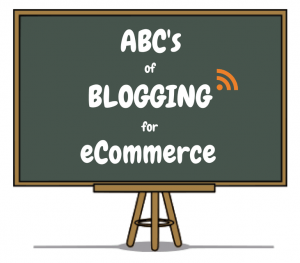 Everyone says that content is king and that blogging is the future of marketing, but I’d be willing to bet that you have asked yourself questions like: “What the heck does it even mean for an eCommerce store to have a blog?” “How will a blog help me?” “What should I write about?” “How do I even get started?” If you have asked yourself these questions, or have ever struggled with blogging in general, you should definitely keep reading, because this post will take you through the ABC’s of blogging for eCommerce.
Everyone says that content is king and that blogging is the future of marketing, but I’d be willing to bet that you have asked yourself questions like: “What the heck does it even mean for an eCommerce store to have a blog?” “How will a blog help me?” “What should I write about?” “How do I even get started?” If you have asked yourself these questions, or have ever struggled with blogging in general, you should definitely keep reading, because this post will take you through the ABC’s of blogging for eCommerce.
Why is Blogging Important for Ecommerce?
Let’s start with the most basic principle – why it is important that you have a blog? There are actually a few answers to this question.
- Blogging and sharing content increases exposure. The more people that know about a company, the more the potential sales for that company increases.
- Relevant blog posts can be ranked highly by search engines, leading to increased organic exposure.
- Authoritative blog = Authoritative brand. A brand that is viewed as authoritative in its field is a brand that is trusted.
- Blogs build communities between thought leaders and people with similar interests. A company that builds a community for itself also creates a core group of loyal customers.
- Blogging about product uses can be an indirect sales approach that will lead readers to the company’s store.
On top of the theory, it is also proven that inbound marketing (marketing through content in order to bring in new customers, rather than marketers going out to bring customers in) is an efficient and profitable marketing method:
- Inbound marketing tactics save companies on average 13% in overall cost per lead, and $14 dollars per customer acquired.
- 82% of marketers that blog have reported a positive ROI from their inbound marketing efforts.
- Adopting an inbound marketing strategy doubles the average website conversion rate from 6% to 12%. (All stats from State of Inbound Marketing)
Based on these reasons, it is obvious that a blog can help a business, but now the question is how to start blogging.
What Should You Write About?
The first, and most obvious thing that you need to ask yourself when starting a blog is – what should you write about? This question is actually a bit deeper than it might seem at first. You might say, “OK, I sell watches, so I’m just going to write a lot of posts about watches.”
Great, so you start writing about watches. And then what? What is your goal? What message are you trying to convey? Think back to some of the advantages that blogging has for businesses – it shows the brand’s authority in a given field, creates trust, and builds a community. Just writing about watches all day will not necessarily achieve these goals.
What you really need for your blog is a strategy. You want to become an authority in your field while building a community around your brand. That means you can’t just write about your own products. Instead you should think about your target customer, and think about this customer’s “culture.” What does this customer like? What does this customer want to know?
Once you have pinpointed your target “culture” you should think about a few keywords that apply to this culture. These keywords or topics will be the backbone of your content strategy.
Let’s go back to the watch example, and let’s say you sell mainly luxury watches. Now let’s go through the progression for finding your content backbone.
1) Who is your target customer? You sell luxury watches, aka expensive products. Your target customer is going to be wealthy, possibly a businessman or woman, and care about the way they look.
2) What does your target customer like and want to know more about? Your target customer had better like luxury goods and fashion, and will probably want to learn more about these topics.
3) How do you apply this to your store? You want to take this information and create a culture and community around your store. So think of a few themes that appeal to this group and also, at least tangentially, relate to your brand:
- Types of watches and comparisons between them (here you can add some content about your products)
- News about new watch models and product releases (you can also add content about your own products here)
- General formal and business casual fashion advice
- Luxury products that go well with watches
- General luxury products
Here is a list of five different broad topics that all relate somewhat to luxury watches, but relate directly to what your target customer wants to read, and that is the key here. In order to become a thought leader and the head of a community centered around your brand, you need a blogging strategy based on themes not on your products.
An excellent example of a company that does this very well is Virgin Atlantic. Virgin Atlantic is an airline, and the blog is filled with articles about what to do in different destinations around the world.
These posts are not about the brand specifically, but relate directly to the target audience.
How Should You Plan Out Your Blogging?
Just like you have a strategy for the content itself of your blog, you should have a strategy in place for when you publish it as well. In order to create the ideal strategy, first you should figure out when the best time to post actually is, and then you should create a posting schedule based around that.
When to Post
Obviously you want your blog posts to get the maximum exposure, so finding the ideal time and day to post is crucial to your strategy. There are plenty of stats out there to help you along the way. For example:
- 70% of users read blog posts in the mornings (Kissmetrics)
- Monday is, on average, the day with the highest traffic for blogs (Kissmetrics)
- Blog posts on Thursdays average the most social shares (Social Fresh)
These are all very general statistics though. In order to get the best results, it’s important to check what’s going on with your own site. To do that, you’re going to need to dive into your Google Analytics. (If you don’t already use Google Analytics I suggest you start using it. It is an amazing free service that can give you insights into so many different aspects of your website).
Things are about to get a bit technical for those of you who are just starting out with Google Analytics (or who don’t use it yet), but don’t you fret, I will show you step by step (with pictures) how to see which day of the week and which hour of the day your blog gets the most visitors.
Step 1: Access your Google Analytics dashboard and click on the “Customization” tab on the top of the page next to “Reporting.”
Step 2: On the Customization page, select “+ New Custom Report.”
Step 3: Name the report in the “Title” box. This is the name for the whole report that will be created. Then name the first tab in the “Name” box. This is the name for the first part of the report, aka the first parameter that the report will be checking. In this case it will be the day of the week.
Step 4: Next you need to define the “Metric” that Google Analytics will be looking at. In this case you should set it to “Pageviews.” (You can either type in Pageviews in the search bar or you can find it towards the bottom of the list under “Users”). This will show you the number of times that any of your webpages were viewed per a specific time period. You will then set this time period in “Dimension Drilldown.” Here you will select “Day of Week.” According to these settings, Analytics is now tracking the number of pageviews your site gets per day of the week.
Step 5: Click on “Duplicate this tab” in order to create the second parameter that you will be observing – hour of the day.
Step 6: You should change the name of this new tab in accordance with the new parameter, “Hour of the day”, and change the “Dimension drilldown” to “Hour.” This will now analyze the pageviews per hour of day.
Step 7: Save your Custom Report and observe the results.
Based on what you see from your newly built custom report, you can determine what the ideal time and day for publishing content is for YOUR blog.
Create a Schedule
Now that you know the best time to post, you should build your posting schedule around that. There are a few other things you should also keep in mind when creating your schedule:
1. Post regularly so that you can maintain the momentum from one post to the next. You don’t want your readers to lose interest or forget about your last post before the next one is published.
2. Post consistently so that your readers will always know when to expect the next post.
For example, let’s say that Wednesday at 4:00pm is the time that you found that your site has the most visitors, then you should strive to publish a new post at least once a week at that time. This way you will be consistent in your schedule, posting regularly, and posting when your site has the most traffic.
Once you choose the day or days that you want to post the next step is to create a content calendar. You can use any tool you like to create your calendar. Excel and Google Calendar are great stand-alone tools, or you could get a plugin like WordPress Editorial Calendar. Kapost is another great content tool that can help you to organize your blog posts, and all other content that you publish.
Having a content calendar will help you both to stay on schedule and to avoid having repetitive content.
How Should You Get Your Content Discovered?
Now comes the most important part – getting your content discovered. All of this stuff about how blogging can help you with your sales is great, but your blog won’t do anything for you if no one reads it. So the next thing you need to do is create a distribution strategy.
Step 1: Create a newsletter for your email list. People on your email list are the people that are closest to your business. They gave you permission to send them content, because they are interested in your brand and in what you have to say — so these people are your core community.
There are many great ways of building your email list, but one of the best is through the use of give-a-way tools like our Coupon Pop.
Step 2: Build up your communities on Facebook, Twitter, G+, and Pinterest and share your content on these platforms. Although the people seeing your content on social media might not be your “die hard fans” like the people on your mailing list, the beauty of social media VS a mailing list is that people that are not already connected to your brand can be exposed to your content. This can bring in new site visitors who will then join your mailing list and become customers.
Step 3: Look for other places and methods to distribute your content. Some good ideas include:
- Content curation sites like Scoop-it or Rebel Mouse
- Guest posting for other thought leaders or similar brands
- Connecting with industry leaders that might share your content
Step 4: Work on optimizing your content’s keywords for search engines. Through a good SEO (search engine optimization) strategy your blog posts can find their way to the first page of assorted industry related search results.
When it comes to distribution of your content, you should always search for new channels, because the more places your content is published, the more likely it is to be discovered.
Moving Forward
Once your blog is up and running the name of the game is consistency. You can’t just write a few posts and hope for the best. You have to maintain what you built by continuing to write, continuing to provide quality content, and continuing to search for new outlets to grow your presence.
Of course, your efforts will pay off, because as you keep writing and growing, your audience will also grow. Over time you will be able to gain a large following, build a community around your brand, and be recognized as a thought leader in your field. When that happens, then you will really be selling from your blog.

Zack is a social media enthusiast who loves all things digital. He is the inbound marketing manager at StoreYa where he spends his days searching for the newest social marketing scoop. If you’d like to chat with him, feel free to connect with him on any social platform.
Recommended articles
 Facebook Ads for eCommerce: 16 Strategies, Examples & Tips
Facebook Ads for eCommerce: 16 Strategies, Examples & Tips
 How to Build a Winning eCommerce Ads Strategy
How to Build a Winning eCommerce Ads Strategy
 Google Ads for eCommerce: Everything You Need to Know
Google Ads for eCommerce: Everything You Need to Know
 10X Your Traffic with PPC Management Software
10X Your Traffic with PPC Management Software
Comments
Powered by Facebook Comments



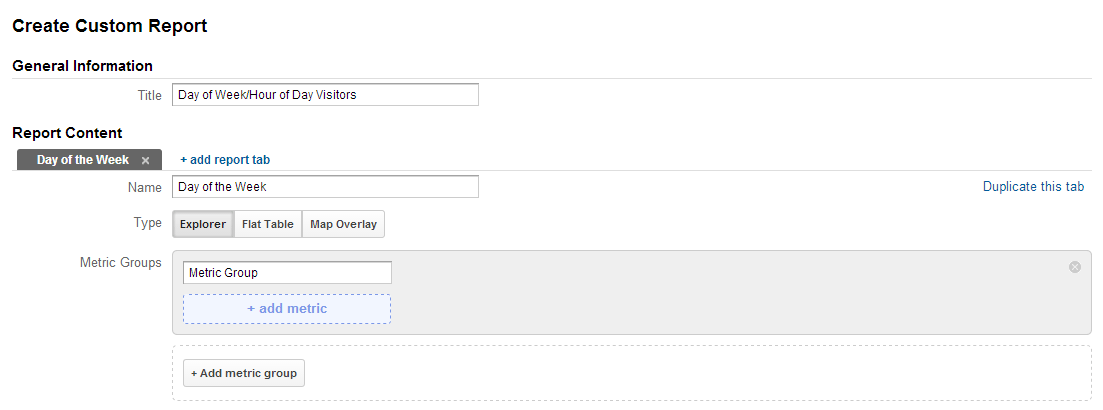
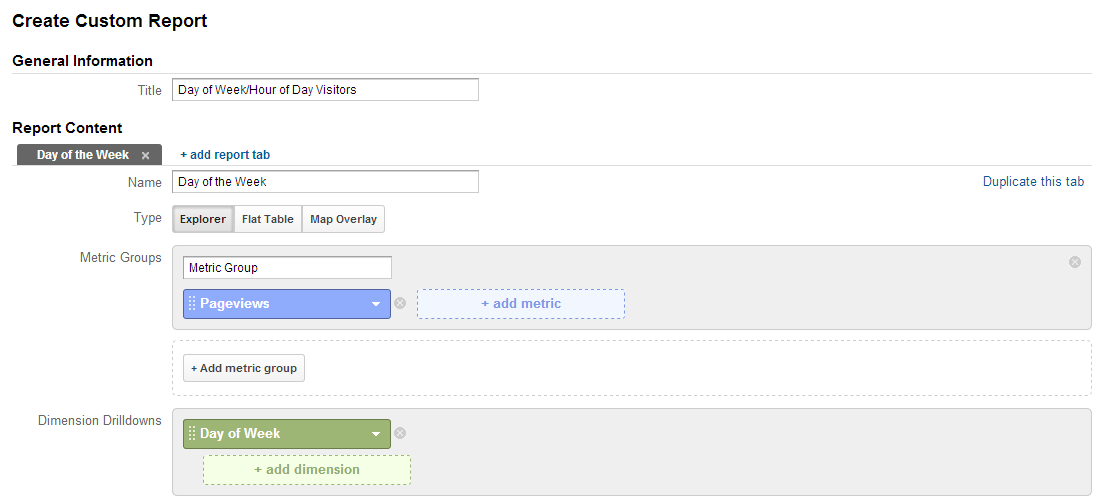

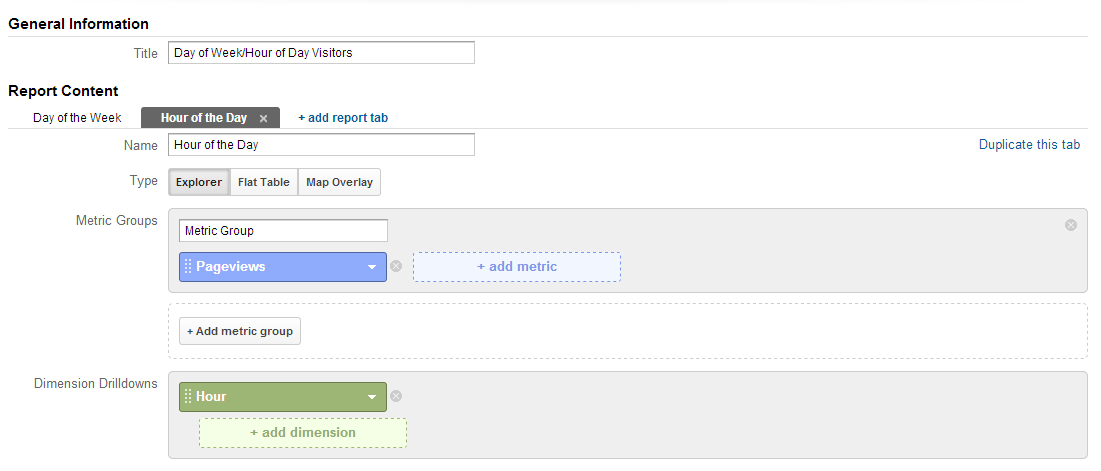
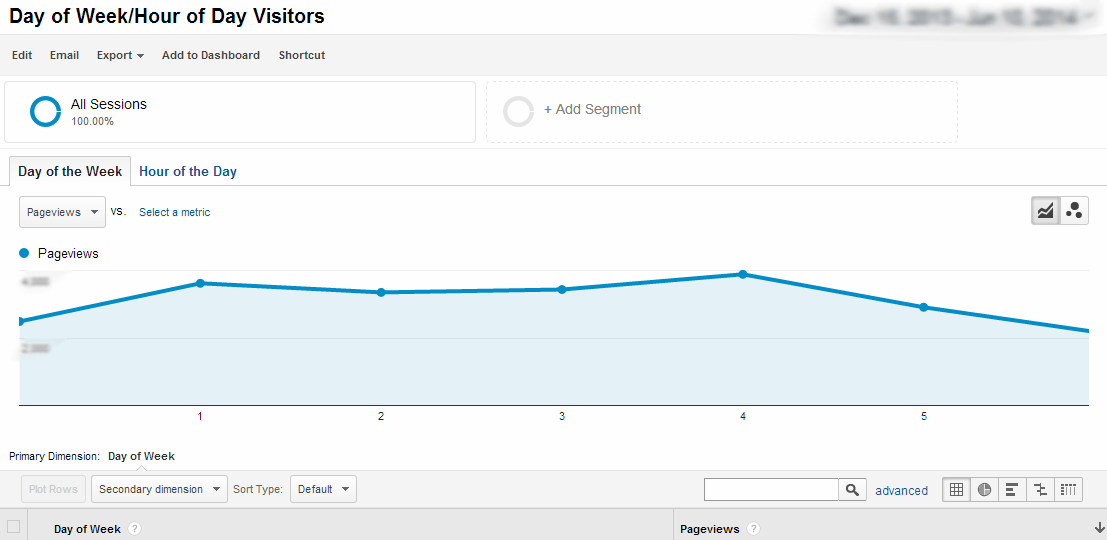



Spot on with this write-up, I absolutely think this web site needs a great deal more attention. I’ll probably be returning to read through more, thanks for the info!